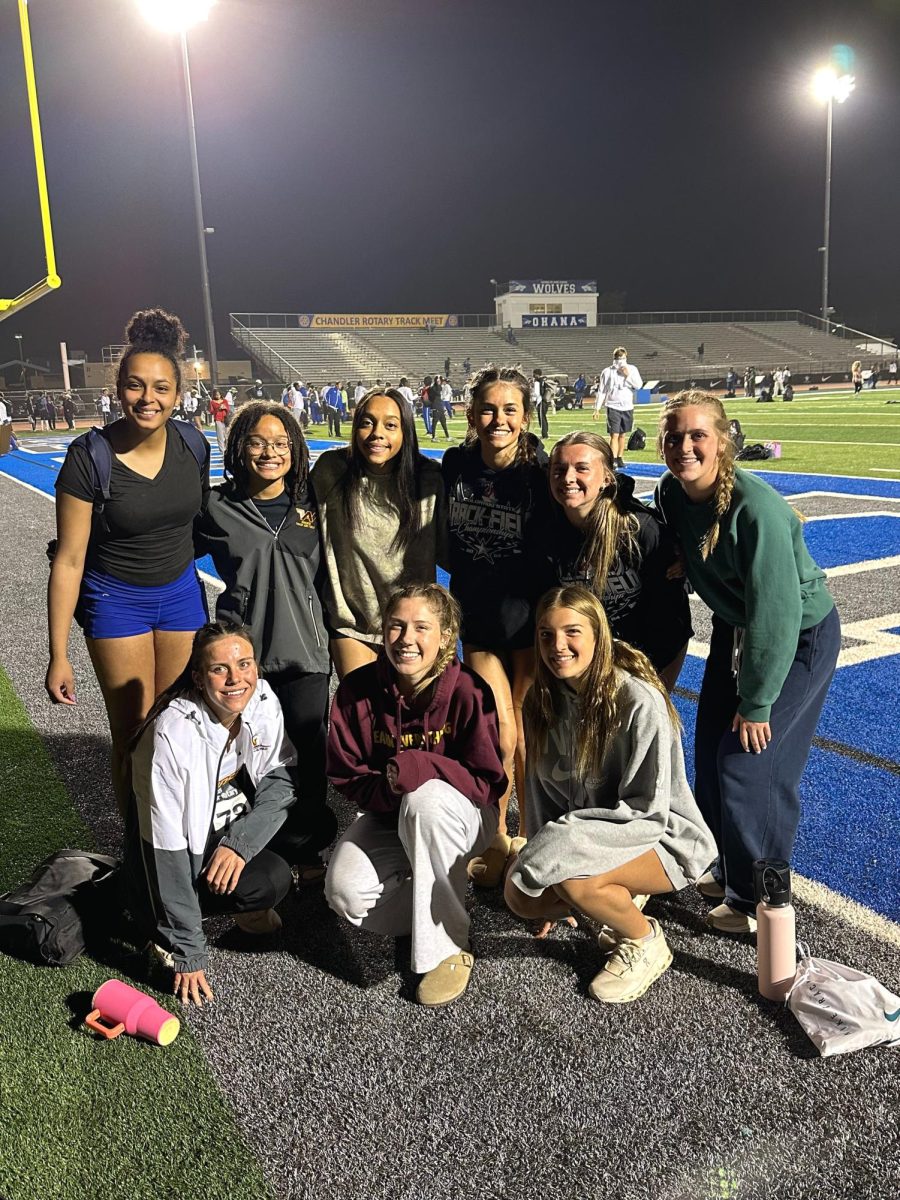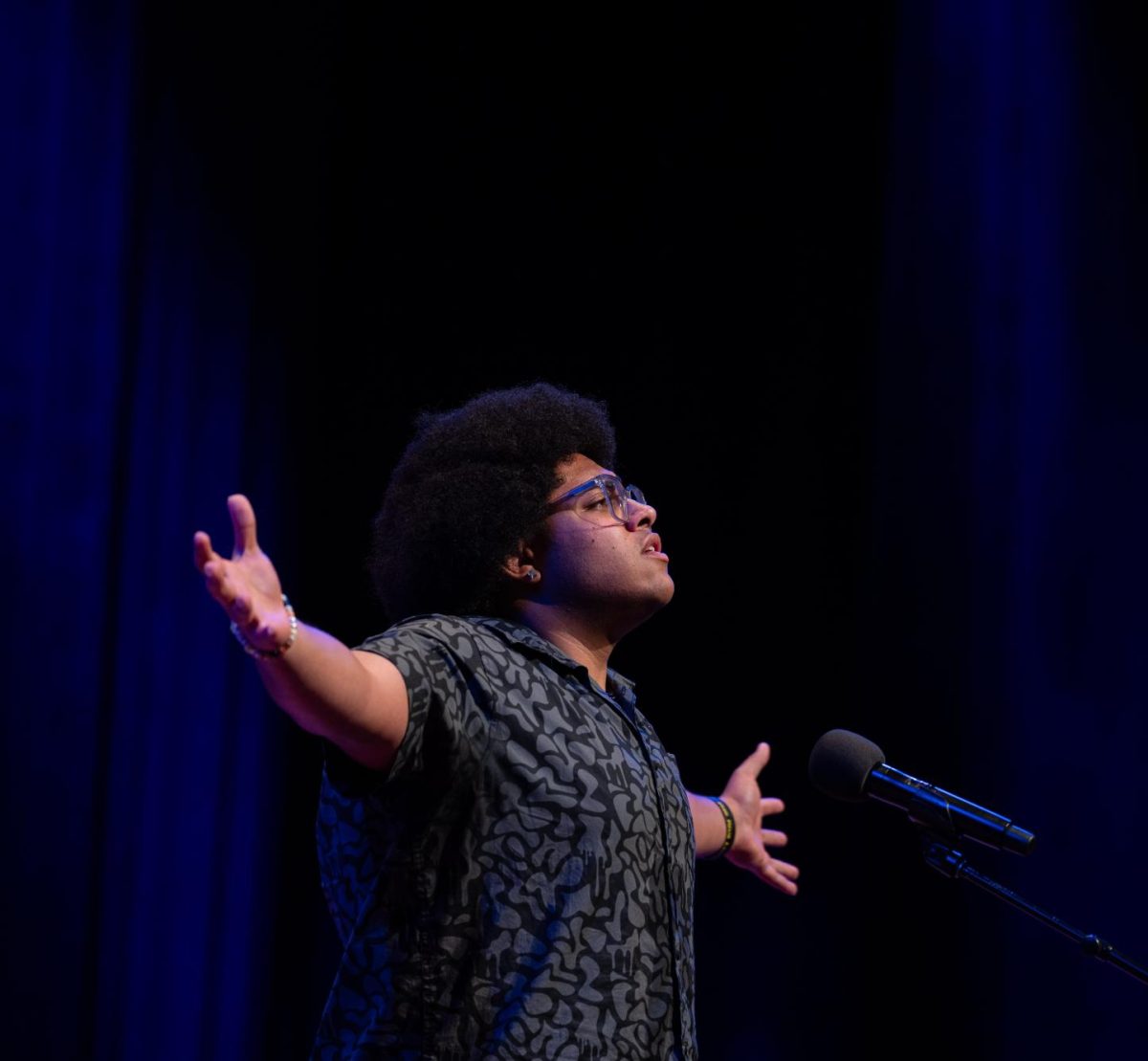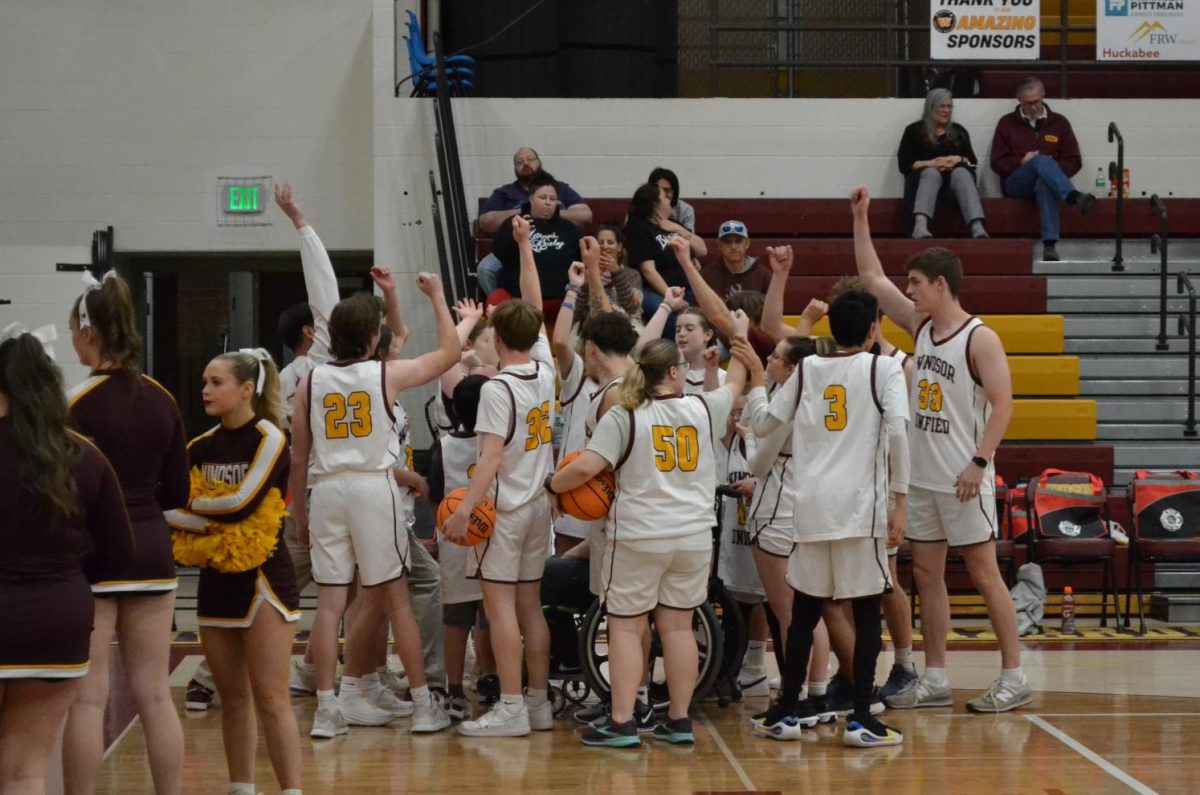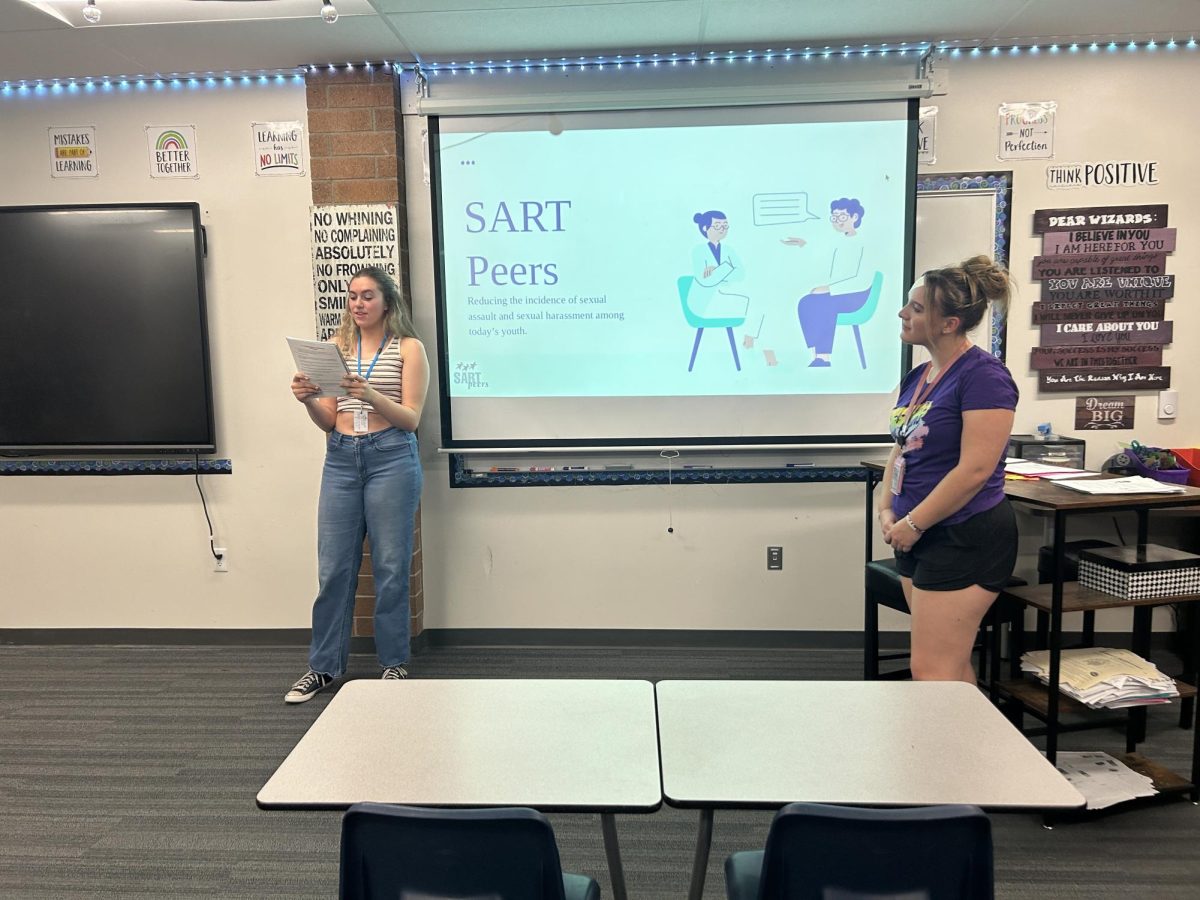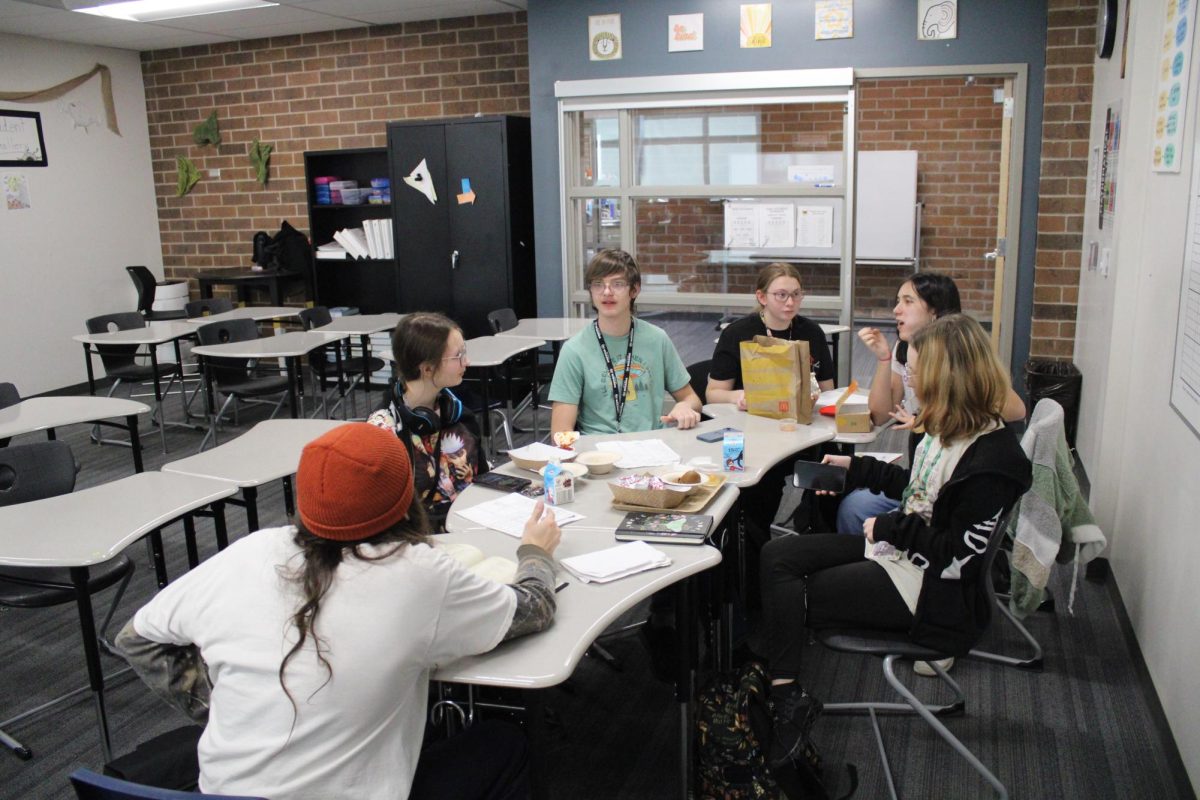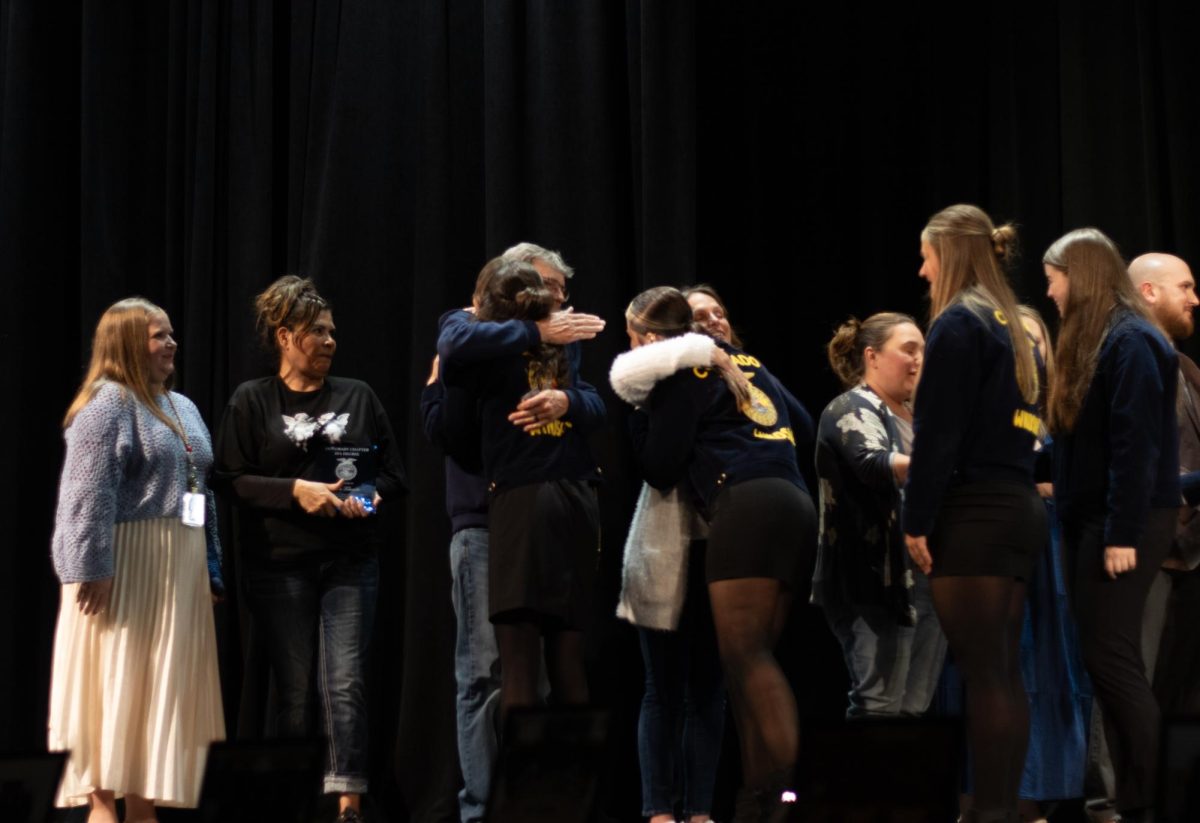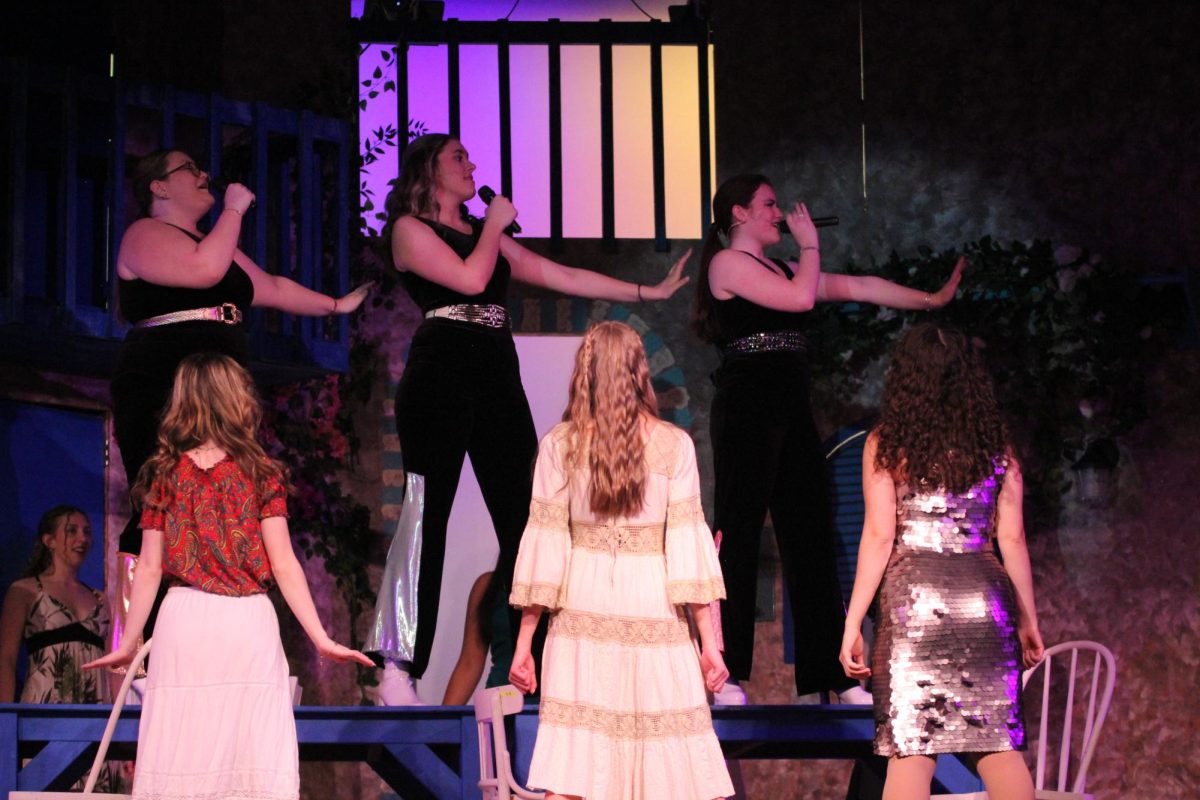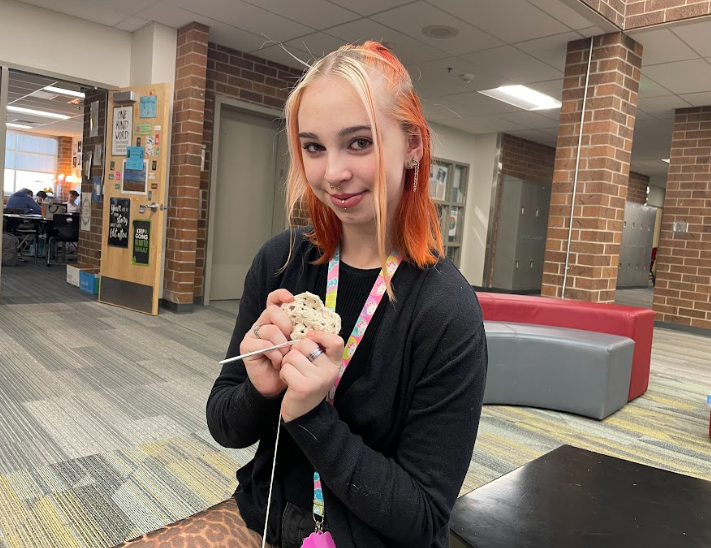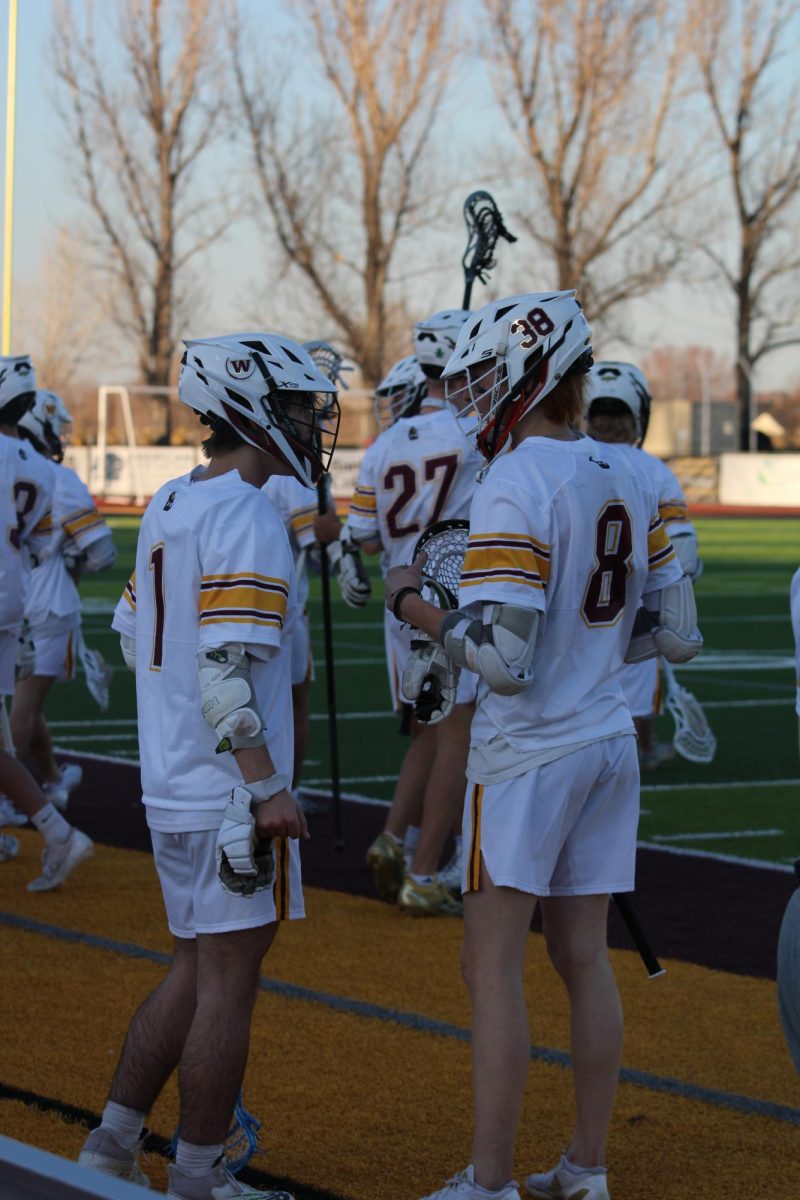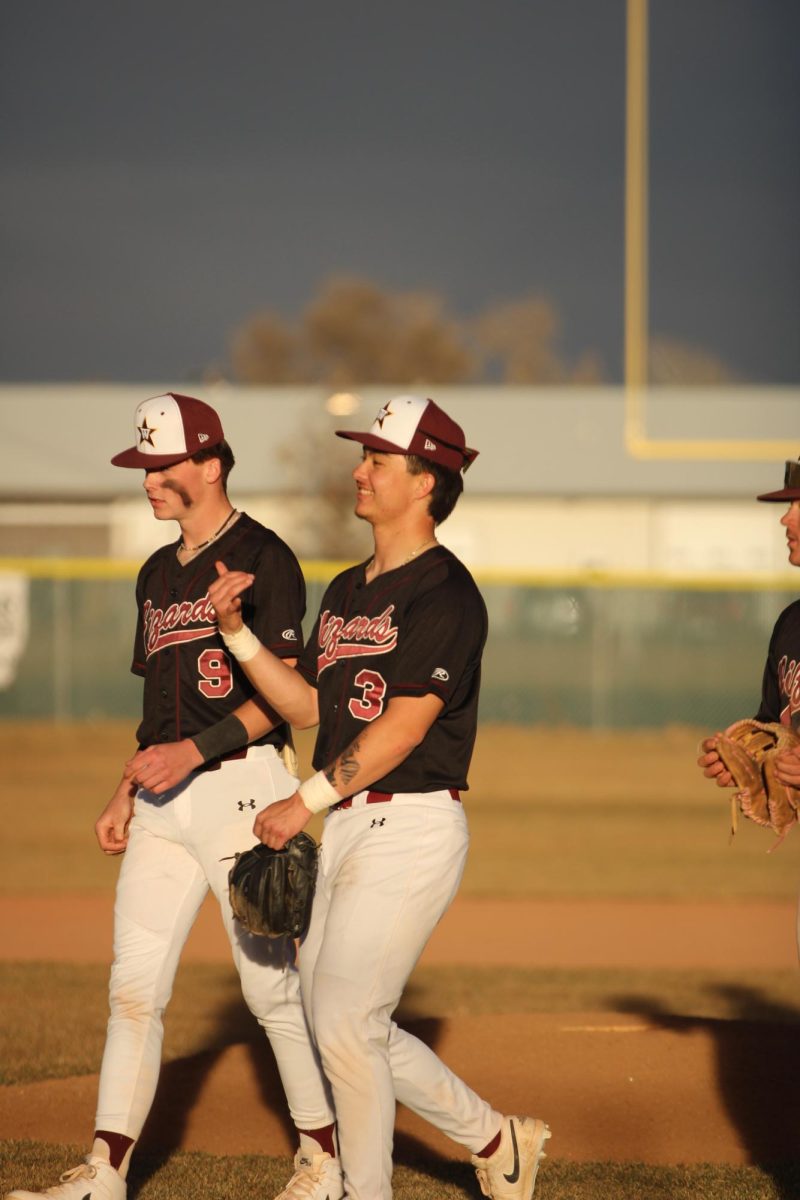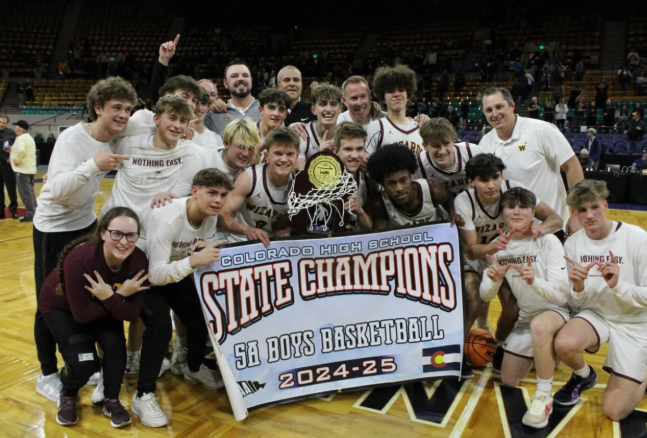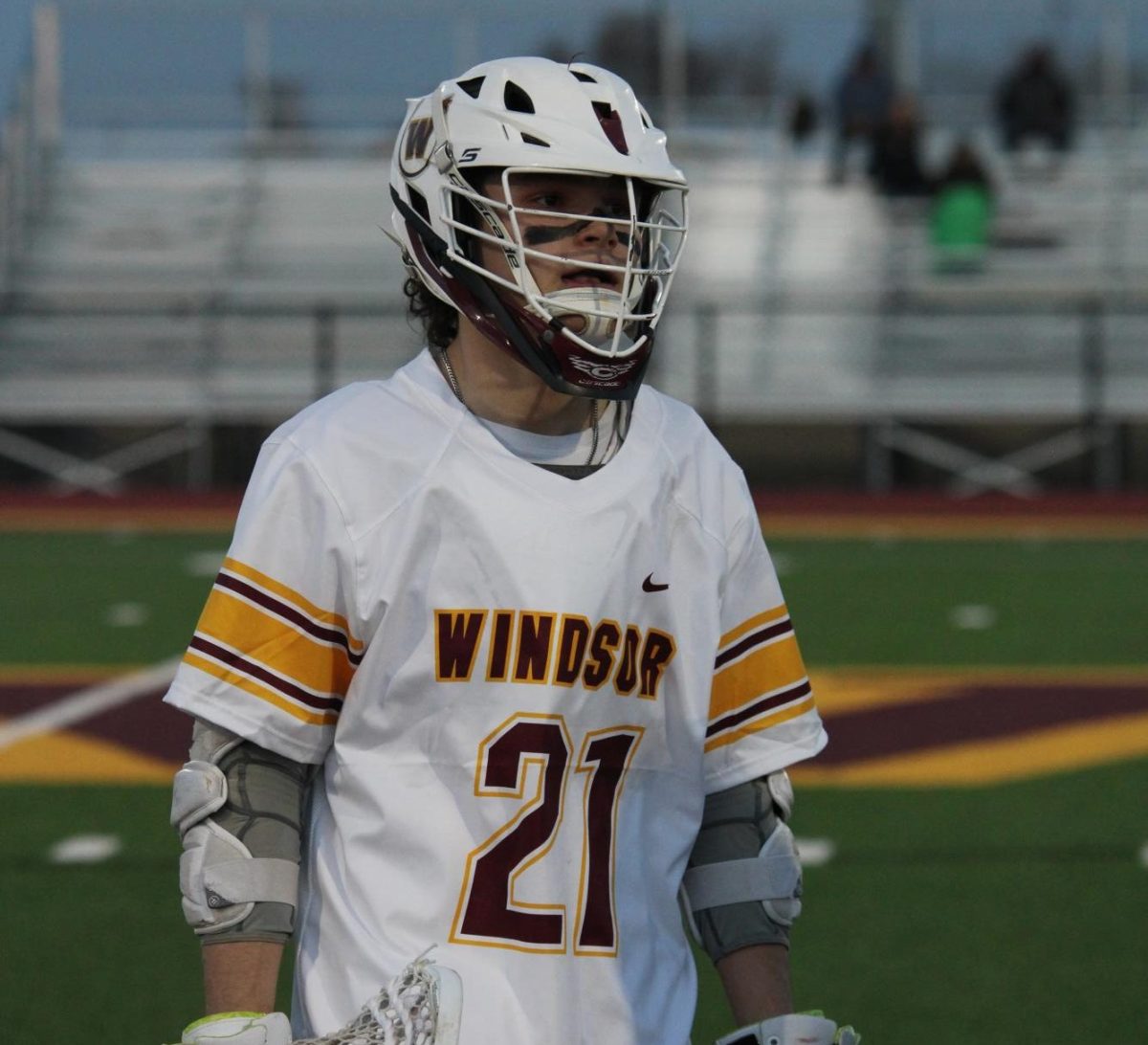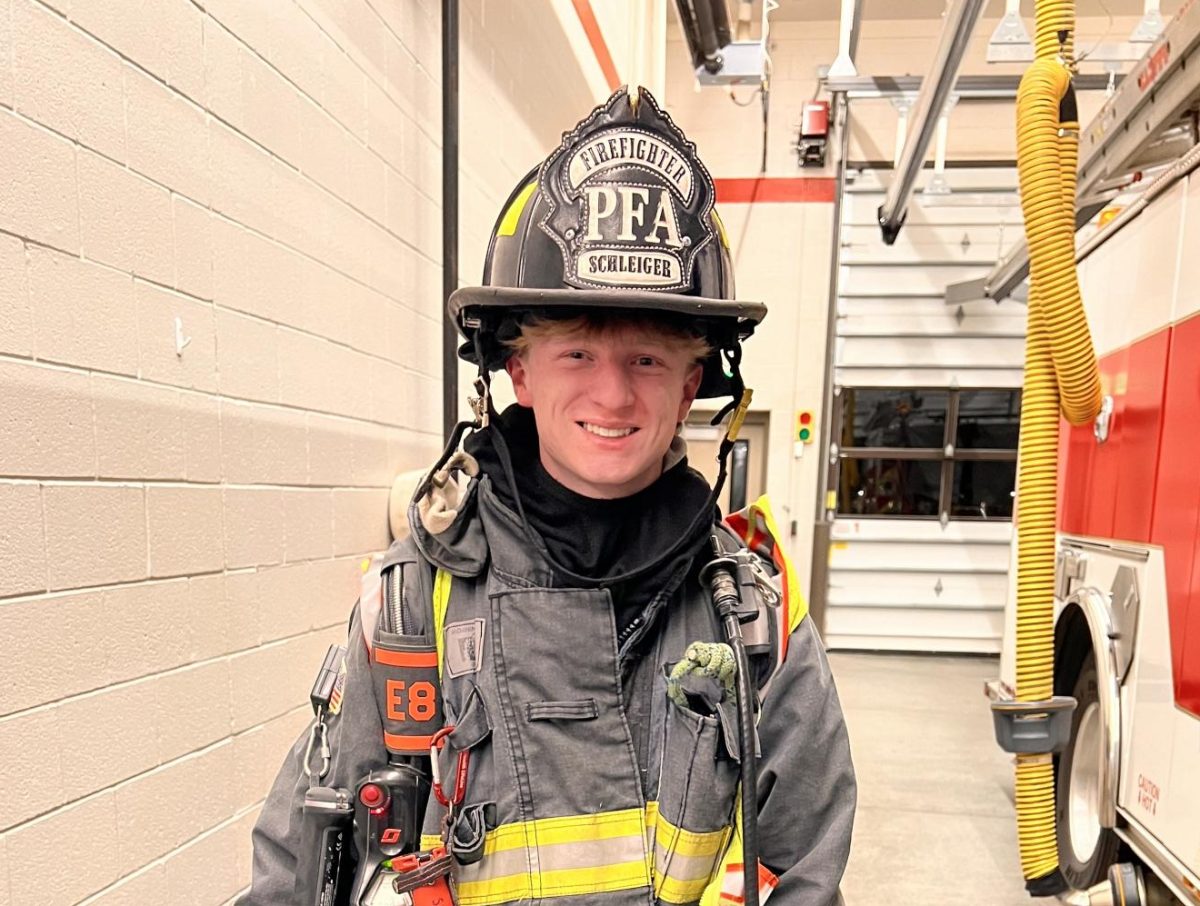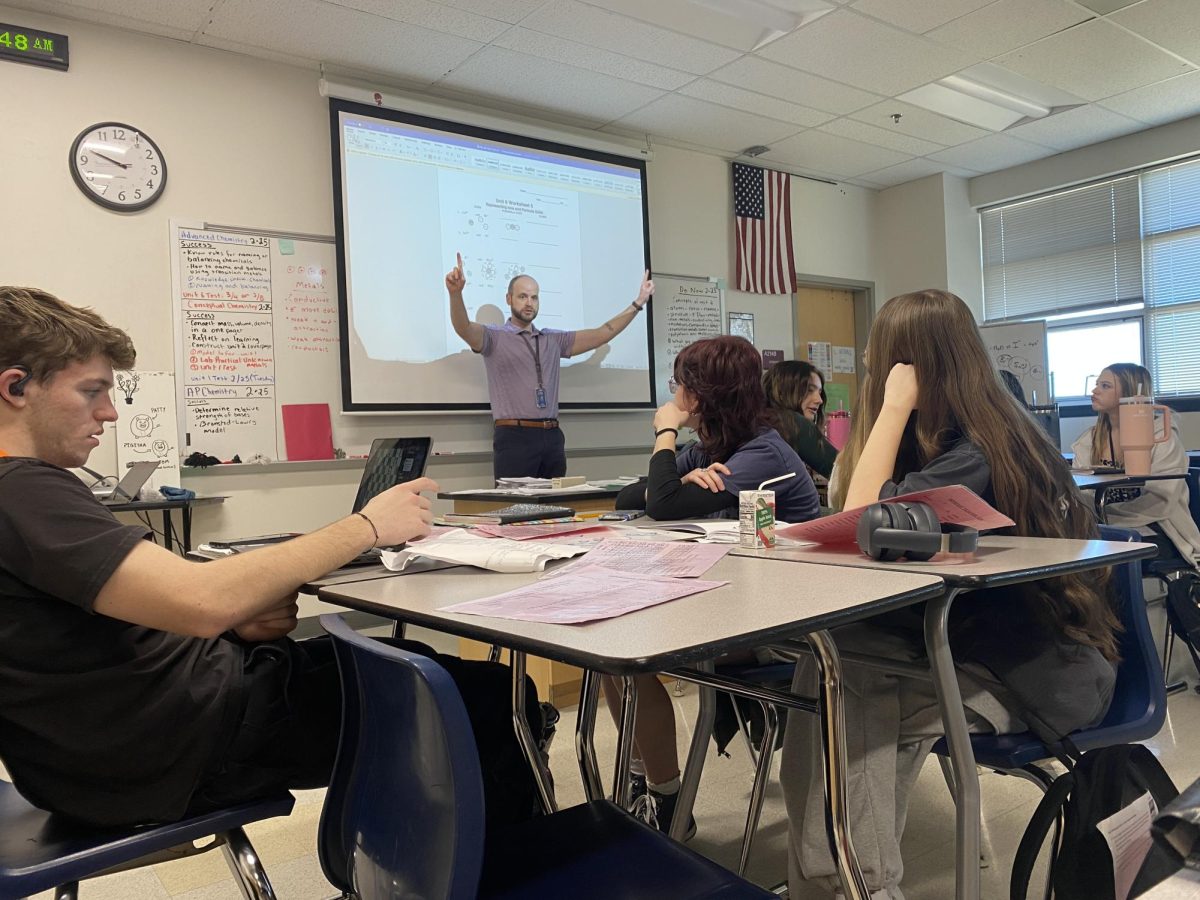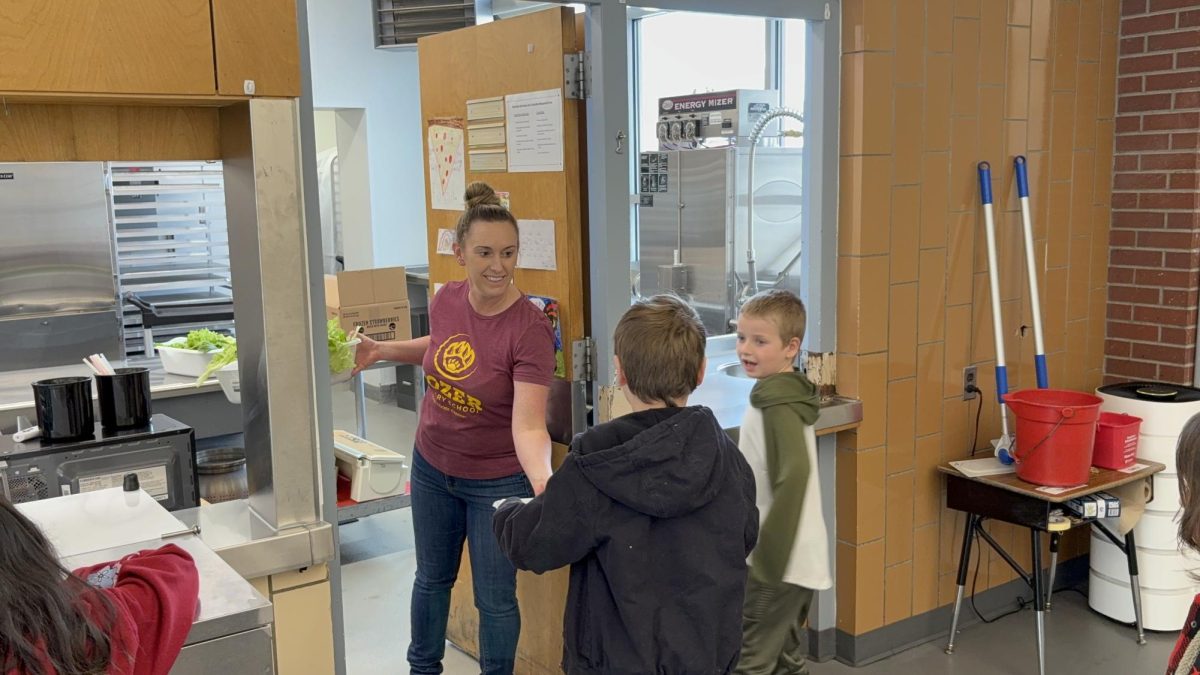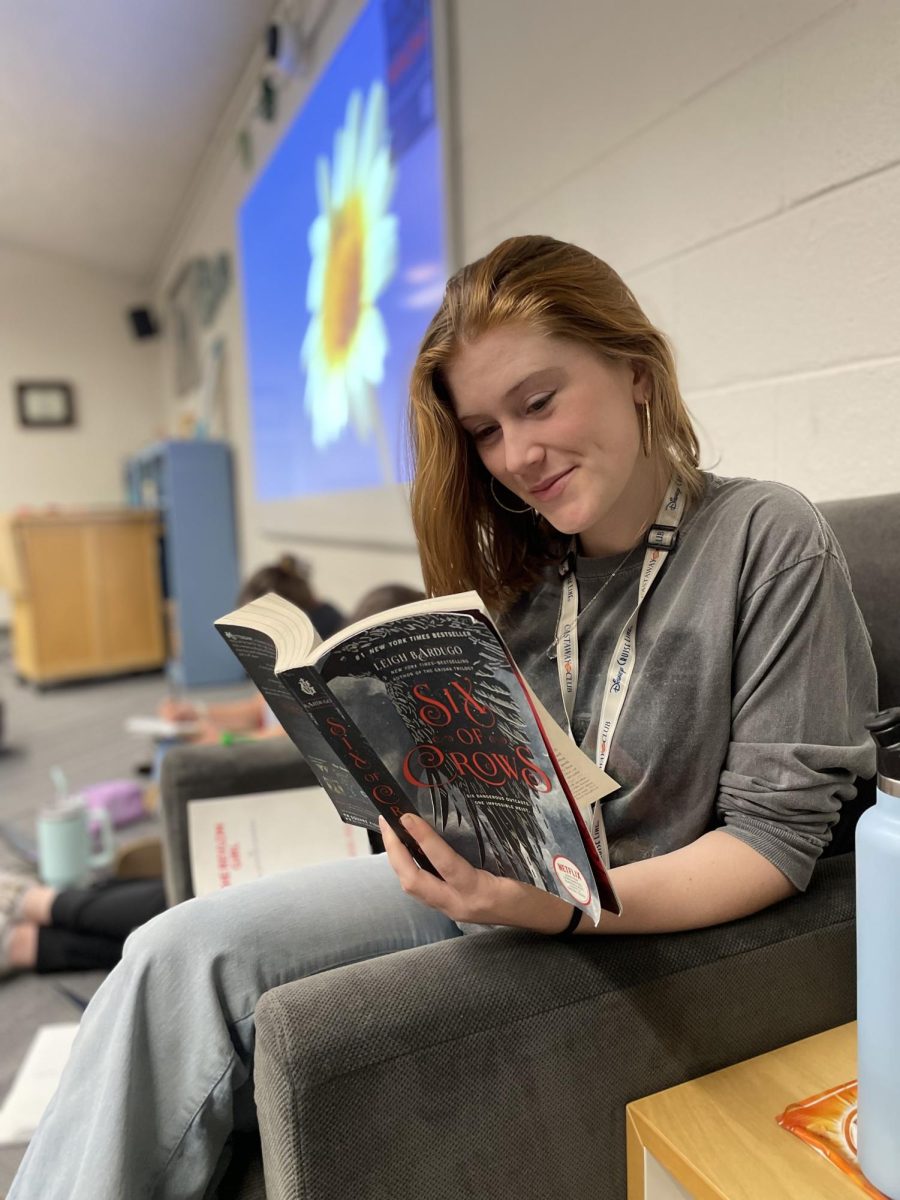Graphic novels are books that use more pictures than words to create a story. They have been part of school curricula for years, but just how do they impact learning for students?
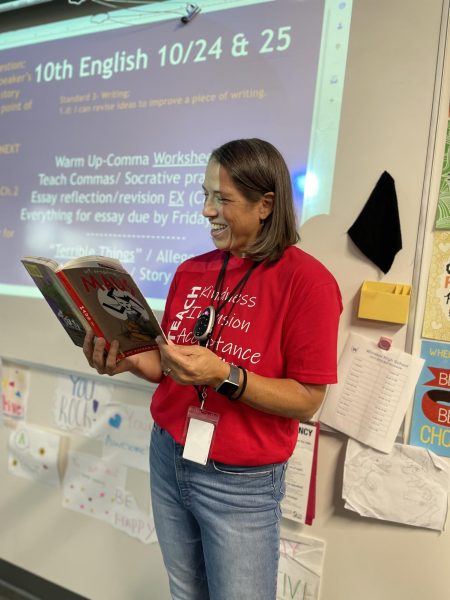
“Since I first used ‘Maus’ with my 10th grade classes, I have now used graphic novels in every course I teach, whether that’s ninth grade or my science fiction,” Jenelle Duvall (staff) said. “I think it’s just been a great addition to the curriculum and really engages some students that aren’t normally engaged in reading in class.”
Duvall has been teaching for 19 years and never taught graphic novels until she came here to Windsor High School from Windsor Charter nine years ago. “Maus” is the novel that Duvall has taught the most and is also her favorite. “It’s nonfiction, so it’s based on history. It’s so powerful and tragic and just really impacts readers on a lot of different levels,” Duvall said.
“Maus” is a graphic novel written by Art Speigelman and is about his father’s experiences as a Jewish person during the Holocaust. The book gets its name from the German cognate for the English word “mouse.” This is also because the characters are depicted as mice and not humans.
“I am really into exposing students to different types of experiences with their reading, with their writing, and I know that not everyone is going to love graphic novels, but I think we’re all better readers and better critical thinkers after experiencing that,” Duvall said.
Educators aren’t the only ones who enjoy reading and teaching graphic novels. The students have a love for them as well. “I was introduced to graphic novels at a very young age,” Sage Anderson (12) said. “I pick them up when I need a break from my head, and it’s just a quick, little, easy read.”
Anderson stated that she holds a strong connection to the graphic novels of the Percy Jackson series for nostalgic reasons. However, her favorite one would have to be the modernized version of the “Little Women” story called “Meg, Jo, Beth, and Amy” by Rex Ogle.
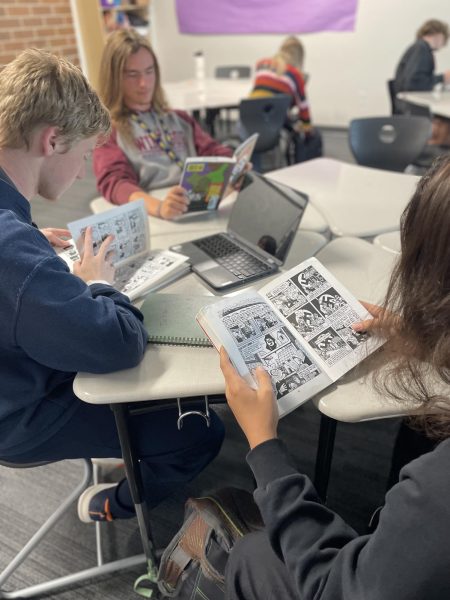
Graphic novels have captured the attention of teachers and students not only for their illustrations, but also for their ability to convey a story with little-to-no wording, as well as their ability to help some students comprehend. “Back in California, we read ‘Fahrenheit 451’ during COVID and our teacher realized that not everyone was going to learn the same way and we were already struggling with everything that was happening,” Anderson said. “She provided us with graphic novel copies of the book, so it became less stressful and less daunting.”
Some students find the more traditional form of literature intimidating with how big books can be and how many words are on the pages. For these students, graphic novels are the knights in shining armor, especially for Q Culbertson (09). “I think people who don’t read as well as others and are dyslexic can look at the pictures themselves and can read the simple words,” Culbertson said.
Culbertson stated that he thinks graphic novels are good material to use in school because “it shows that you can get different knowledge through imagery and words at the same time.”
Graphic novels seem to have a positive impact on young readers, helping them understand and capture their attention in a classroom setting. While graphic novels sometimes get a bad reputation for not being academic enough because their lack of many words, they are clearly enjoyed by teachers and students alike in Windsor.


